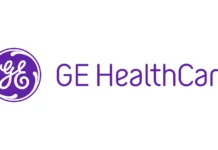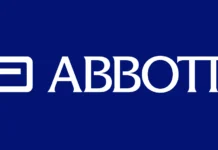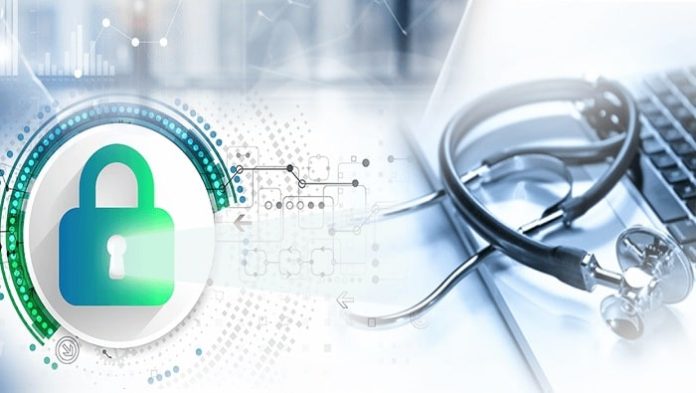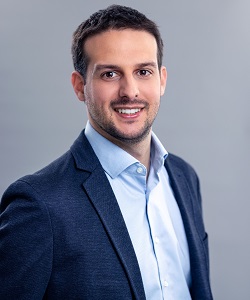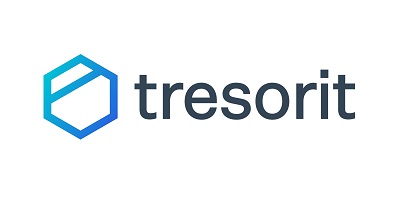As part of critical national infrastructure, with highly sensitive files and documents, UK hospitals have become prime targets for cybercriminals in ever increasing ransomware attacks. Dominating the headlines recently, a hospital data breach can have devastating consequences beyond significant financial loss and severely damaged reputation. This highlights that citizens’ wellbeing and lives are at stake, when business operations are paralysed, leading to the cancellation of planned operations.
With many tools and technology available, healthcare leaders are overwhelmed as to where to start in navigating the evolving landscape of cyber security in healthcare. Being aware of their risks and vulnerabilities to a data breach is the first place to start.
Challenges to secure healthcare data
There are some key challenges facing hospitals and healthcare organisations to stay safe. The day-to-day challenge for tech teams is to dedicate time and resources across disparate tools and technologies. They typically rely on separate management and monitoring tools to oversee their systems. While each tool performs an effective role in giving performance and reliability, in the interests of simplifying and consolidating systems and workflows, it’s all too easy for service silos to develop.
With various monitoring strategies across organisations, blind spots can arise and teams can suffer huge delays fixing issues. As the number of disparate systems they manage increases, it becomes unviable to modernise services due to their demanding existing system monitoring commitments.
With confidential files stored and shared in insecure public clouds, it’s far too easy for hackers to gain access. Added to this, unaware employees can easily make security mistakes or forget to revoke accesses when sharing files with external parties. With thousands of employees, contractors and business partners based anywhere, choosing the right corporate file sharing and collaboration platform – one that is based on end-to-end encryption – is essential to ensure hospitals and healthcare organisations can protect what’s theirs.
Adhering to new regulations
With the NIS2 EU directive about to come into full force, more and more UK companies doing business in the EU will be looking to use zero-knowledge, end-to-end encryption collaboration platforms to help them comply with the provision of the new rules. The directive aims to enhance the security network and information systems within the EU by requiring operators of critical infrastructure and essential services to implement appropriate security measures. Although the NIS2 will not apply directly to businesses who are operators of essential services within the UK, it will apply to operators of essential services, such as healthcare providers, whose operation is within the EU and covered by the directive.”.
Ways to ensure a robust cybersecurity framework
Here are some steps tech leaders can take to ensure they are building a robust and secure workplace environment which also facilitates compliance with regulations and industry standards. There are four key ingredients that should be integral to a hospital’s cybersecurity strategy to balance seamless collaboration while safeguarding sensitive data. These include a secure client portal, cyber awareness and training and regular security audits.
- End-to-end encryption
Organisations must protect sensitive data with encryption, both at rest and in transit. Even better, end-to-end encryption encodes messages before they’re sent and decodes them only after arriving at a recipient’s device. This means that no one in the middle can read or modify them. This ensures that all client information remains inaccessible to unauthorised users, even in the event of a breach.
- Cyber awareness and training
Employees can be a weak link in cybersecurity, so ensuring they are aware of potential risks and understand the role they play in maintaining cyber resilience is key. Training should be regularly updated to keep pace with evolving threats, such as social engineering attacks.
- Regular security audits and system updates
Regularly scheduled audits are crucial to uncovering potential vulnerabilities before malicious actors can exploit them. They provide an overview of the existing security architecture, helping to find any weak points and make necessary improvements. Organisations must commit to regular updates of all software, hardware, and operating systems to stay protected against the latest known threats. Regular data backups are also critical to building a cyber resilient business. In the event of a breach, backups can minimise data loss and help restore mission-critical functions more quickly.
- A secure client portal
Healthcare practitioners frequently engage in the exchange of sensitive information with their clients to facilitate their services. Consequently, organisations in this industry are increasingly adopting secure document sharing portals. When choosing a portal, it is crucial to verify if the provider upholds the highest standards of security and privacy. These should include zero-knowledge, end-to-end encryption with additional robust control features, ensuring seamless collaboration while safeguarding sensitive data.
Benefits of a secure client portal
A secure client portal serves as a secure repository where sensitive information of client projects, agreements, and collaborations can be stored, accessed, and managed with efficiency and confidentiality.
Healthcare organisations can effectively segregate information belonging to different clients, maintaining confidentiality and compliance with strict data protection regulations such as GDPR. They will also secure private client and partner data, protect their supply chains, safeguard their business operations and build trust with their customers, advisors, partners, suppliers and auditors.
Choosing a secure client portal that operates on zero-knowledge principles and employs end-to-end encryption means that no hacker, no unauthorised recipient, and not even the technology vendor can read, modify, or decrypt the documents stored in the portal.
A secure client portal enables authorised healthcare practitioners to share or request any file securely. Depending on the desired level of collaboration, users can assign varying degrees of access to different users within their client base, giving precise control over who can view or modify specific files. In addition, the right client portal enables quick collaboration and digital agreement signing, all within a single trusted environment, regardless of users’ location. This not only enhances document security but also improves productivity so that practitioners can focus on what’s most important: their patients.
Only proactive cyber security hygiene will protect healthcare organisations
Efficient and secure document collaboration is indispensable for promoting productive and thriving healthcare working environments. By adopting some essential cyber security best practices including a secure client portal, healthcare organisations will protect the integrity and confidentiality of citizens’ data and the organisation’s reputation.
By using the right client portal, healthcare firms can improve their data security, streamline internal processes, build client trust, and ultimately, foster growth and success in a competitive marketplace.




